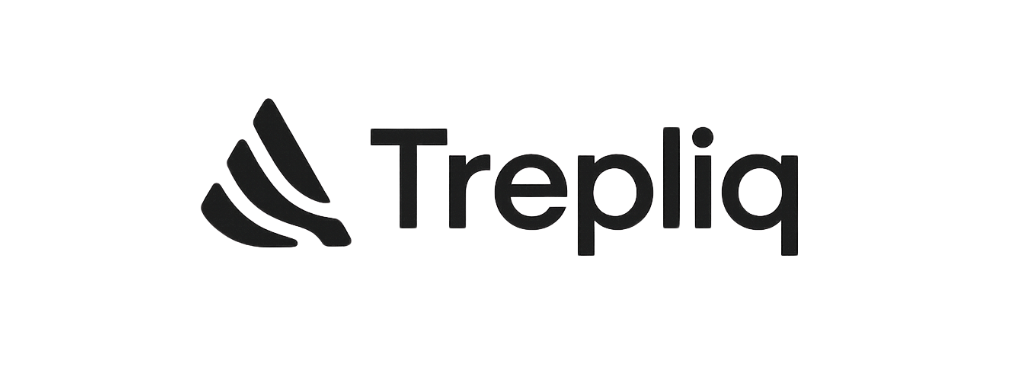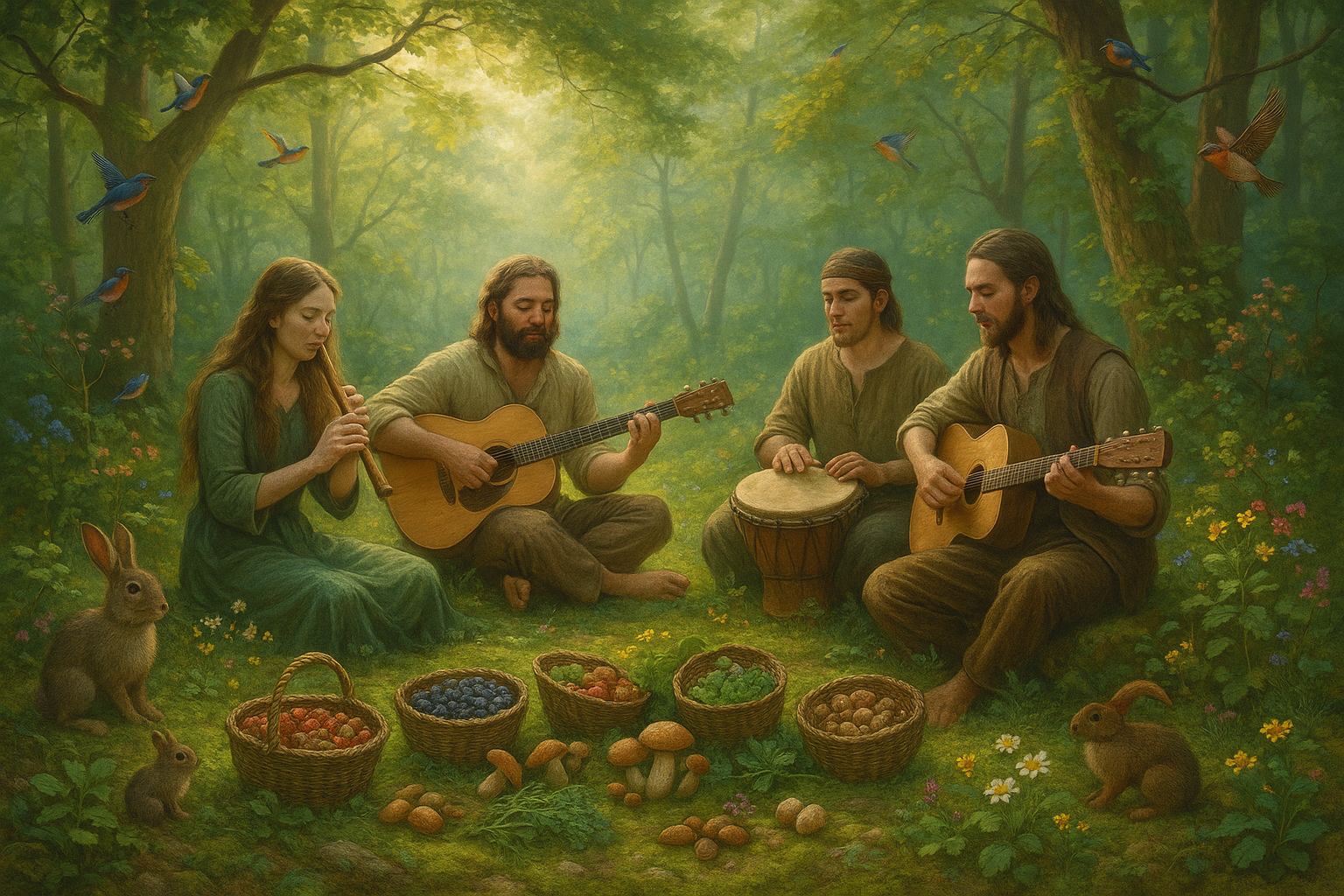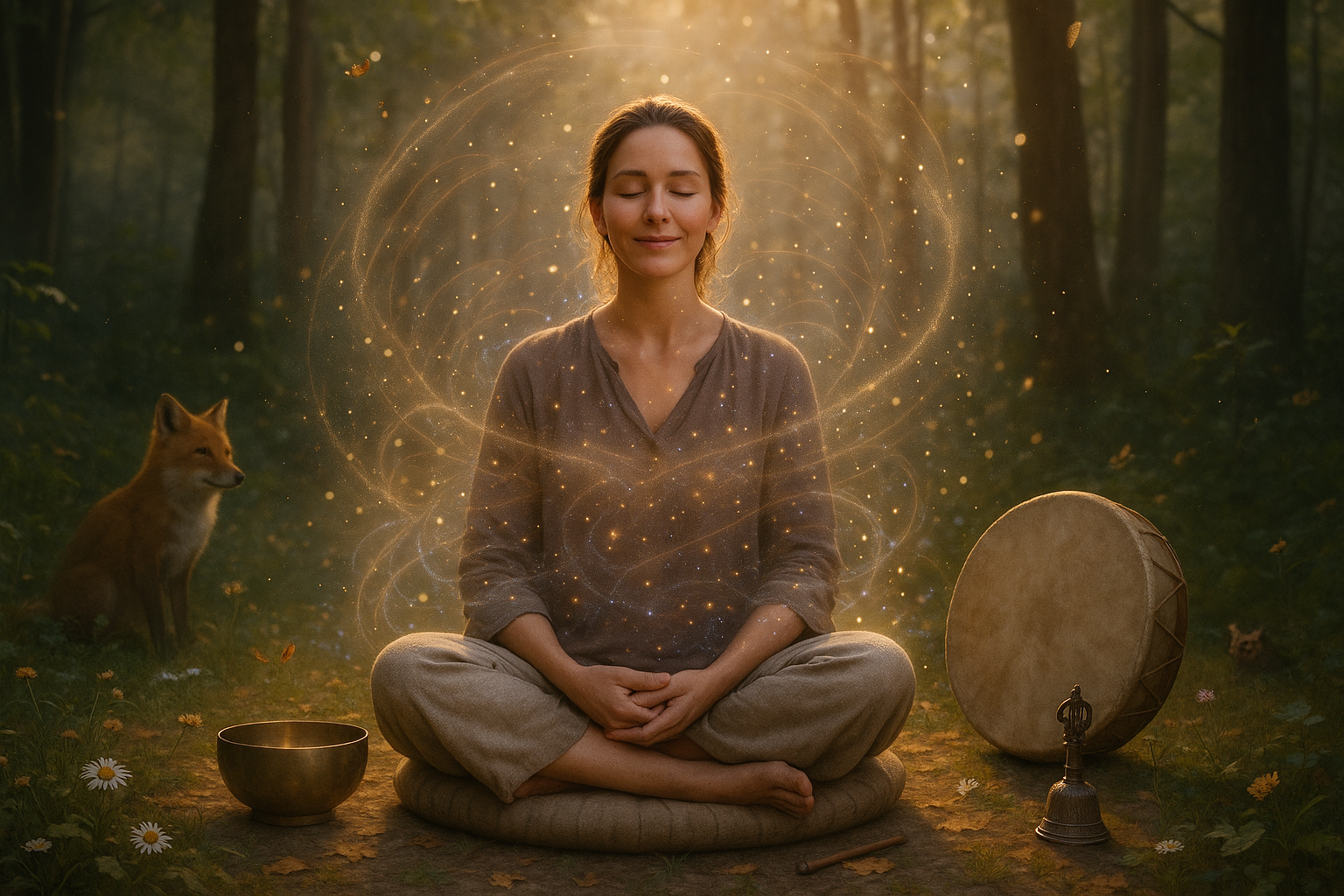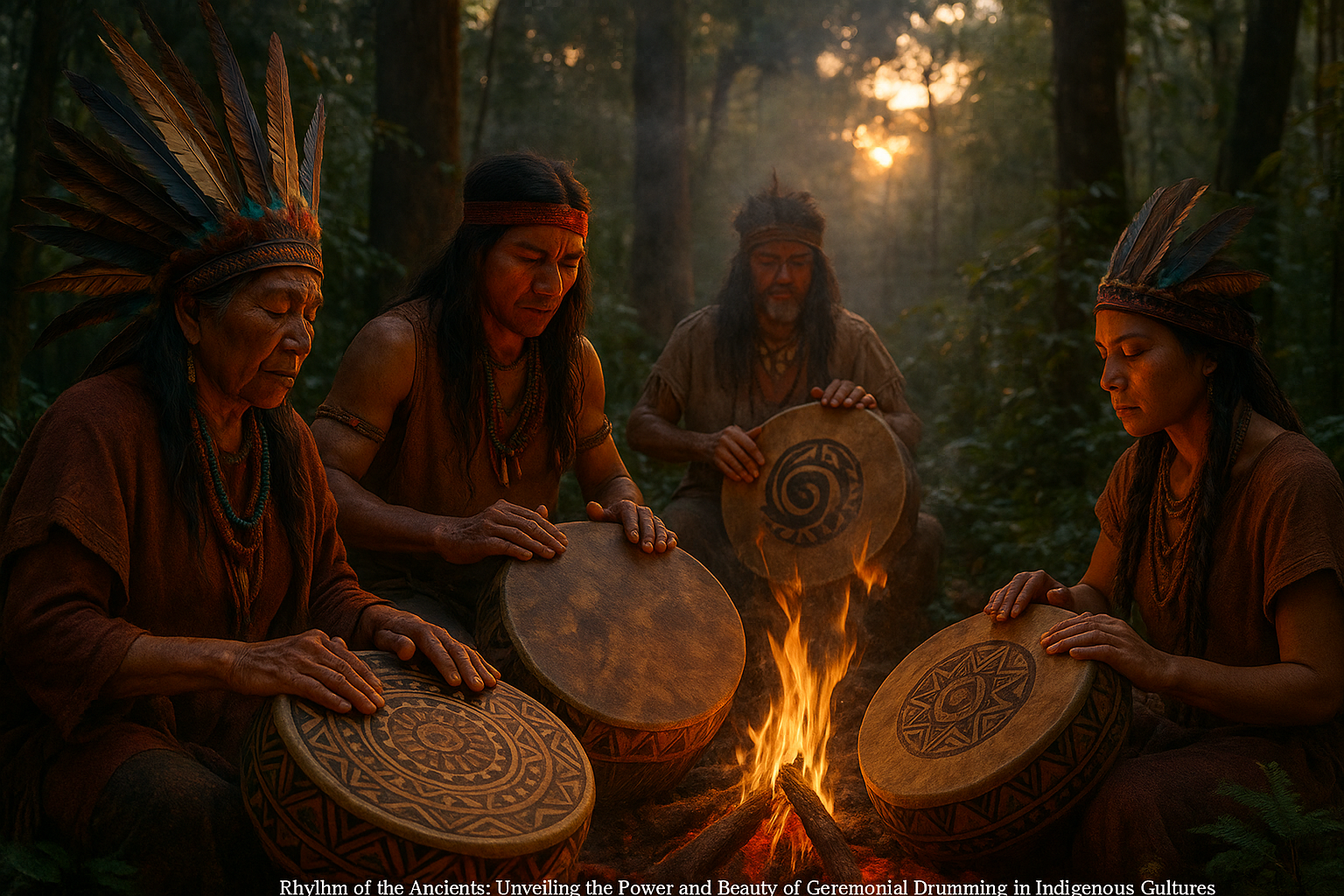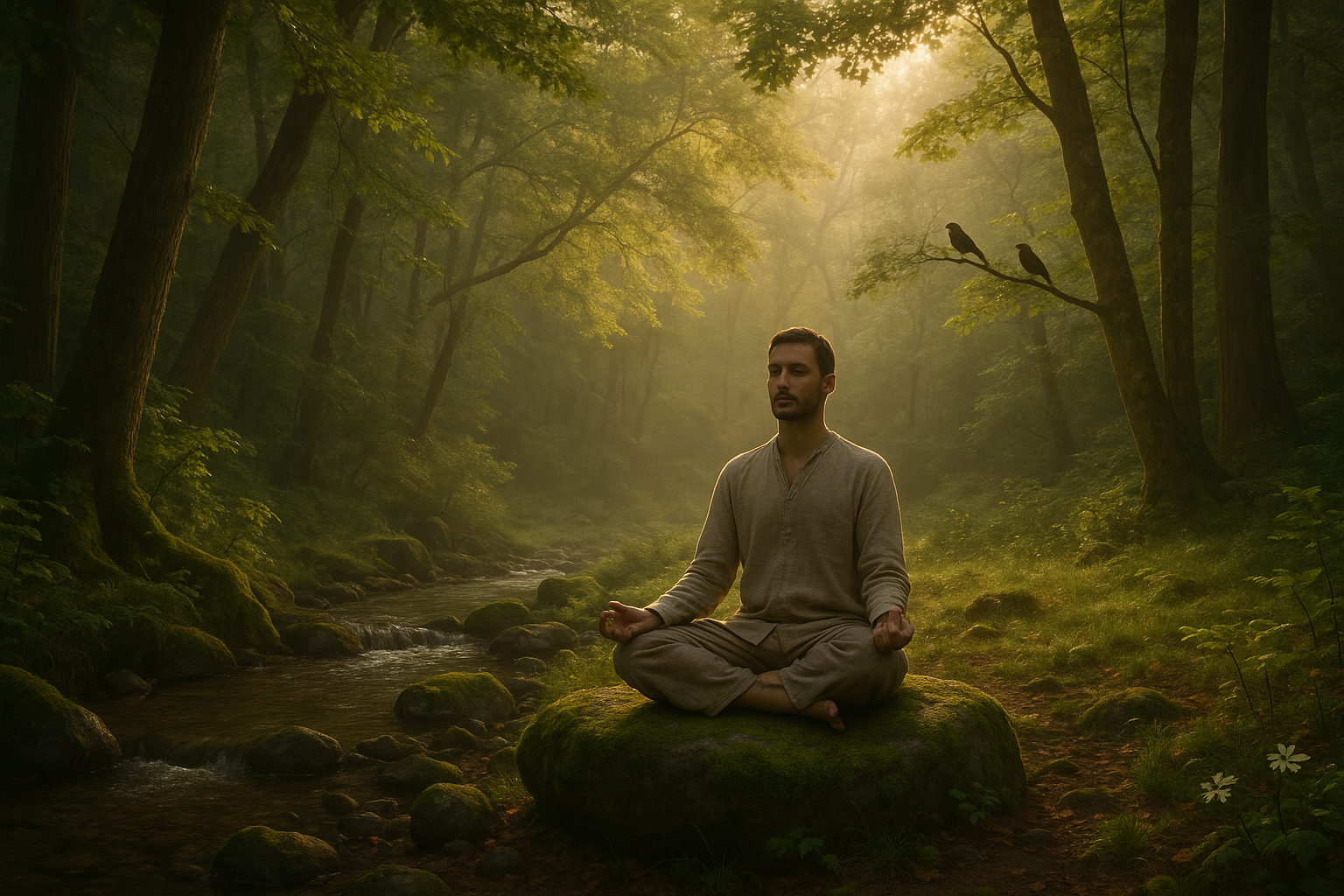In an age where technology has democratized the creation and distribution of art, soundscapes have emerged as a powerful form of expression, blending nature’s raw beauty with human creativity. From the serene rustling of leaves to the rhythmic pulse of urban life, these biophonic creations capture the essence of our world and transform it into auditory masterpieces. However, with this newfound accessibility comes the challenge of protecting these soundscapes from unauthorized use. As artists pour their hearts into crafting these unique aural experiences, the need to safeguard them becomes more pressing than ever. This is where watermarking steps in, offering a robust solution to protect your sonic artistry from being exploited without your consent. 🎶
Imagine spending countless hours in the field, meticulously capturing the delicate interplay between wind and water, only to find your work being used without credit or permission. It’s a scenario that no sound artist wants to face, yet it’s becoming increasingly common in the digital landscape. Watermarking your biophonic creations not only serves as a deterrent against unauthorized use but also acts as a digital signature, asserting your rightful ownership. In this article, we will delve into the nuances of watermarking, exploring how this technology can be seamlessly integrated into your workflow to preserve the integrity of your work.
We’ll begin by examining the various types of watermarking techniques available to sound artists today. From perceptual watermarks that remain inaudible to the average listener to more overt methods that embed a distinct sonic marker, the options are as diverse as the soundscapes themselves. Each technique comes with its own set of advantages and potential drawbacks, and understanding these can help you make an informed decision about which method best suits your needs. 🌿
As we navigate through the technical landscape, we’ll also touch upon the legal implications of watermarking. While the technology provides a formidable shield against infringement, it’s crucial to understand the legal framework that supports your rights as a creator. We’ll explore how watermarking can be used in conjunction with copyright law to strengthen your claim over your creations, and discuss the steps you can take if you ever find your work being used without authorization.
Finally, we’ll offer practical advice on how to implement watermarking in your projects, ensuring that your soundscapes remain both protected and pristine. From choosing the right software tools to maintaining the balance between security and sound quality, these tips will empower you to take control of your artistic destiny. So join us on this journey as we unravel the art and science of watermarking, and equip you with the knowledge you need to safeguard your biophonic creations in this ever-evolving digital era. 🔒
## Understanding Biophonic Creations
Biophonic creations refer to the unique soundscapes produced by biological organisms. These soundscapes are an amalgamation of various natural sounds, including those of animals, insects, and even plants. Understanding the intricacies of biophonic creations is essential for artists, scientists, and conservationists alike, as they offer a rich tapestry of auditory experiences that can inspire art, inform research, and promote environmental awareness.
Biophonic soundscapes are not merely random assortments of noise. Instead, they are structured and meaningful collections of sounds that can tell stories about ecological interactions, environmental changes, and biological behaviors. For instance, the dawn chorus—a phenomenon where birds sing at the start of a new day—offers insights into avian communication, territoriality, and reproductive strategies. Similarly, the rhythmic calls of frogs during the rainy season can provide clues about amphibian breeding cycles and ecosystem health.
The advent of modern technology has enabled us to capture and analyze these biophonic soundscapes in unprecedented detail. High-quality audio recorders, sophisticated software, and powerful analytical tools now allow researchers to dissect and understand the complex layers of natural sounds. However, as with any form of creative expression, biophonic creations face the threat of unauthorized use and exploitation. Protecting these soundscapes through effective watermarking techniques is crucial to ensure their integrity and rightful ownership.
## The Necessity of Watermarking in Soundscape Protection
Watermarking is a technique used to embed a unique identifier or signature within a piece of audio content. This identifier serves as a form of digital fingerprint that can trace the origin and ownership of the content. In the context of biophonic soundscapes, watermarking is essential for several reasons.
First, watermarking acts as a deterrent against unauthorized use. By embedding a unique watermark within a soundscape, creators can assert their ownership and discourage potential infringers from using the content without permission. This is particularly important in an era where digital content can be easily duplicated and distributed across the internet.
Second, watermarking helps preserve the authenticity of biophonic soundscapes. In many cases, these soundscapes are used for scientific research, where accuracy and integrity are paramount. A watermark ensures that the audio content has not been tampered with or altered, thereby maintaining its credibility and reliability.
Third, watermarking enables creators to monetize their work. By protecting their soundscapes from unauthorized use, creators can license their content to interested parties, such as filmmakers, musicians, and educational institutions. This creates new revenue streams and encourages the continued exploration and documentation of biophonic soundscapes.
| Feature | Watermarked Soundscape | Non-Watermarked Soundscape |
|---|---|---|
| Protection against Unauthorized Use | Yes | No |
| Authenticity Verification | Yes | No |
| Monetization Potential | High | Low |
## Techniques for Watermarking Biophonic Soundscapes
There are various techniques available for watermarking biophonic soundscapes, each with its advantages and limitations. Choosing the right technique depends on the specific requirements of the soundscape and the desired level of protection.
### Time-Spread Echo Hiding
Time-spread echo hiding is a popular technique for watermarking audio content. This method involves embedding a watermark by introducing imperceptible echoes within the soundscape. The echoes are spread over time and are subtle enough to be inaudible to human listeners but can be detected using specialized software. This technique is advantageous because it maintains the audio quality of the original soundscape while providing robust protection against unauthorized use.
### Phase Coding
Phase coding is another effective technique for watermarking audio content. It works by altering the phase of the sound waves within the soundscape to encode the watermark. This method is highly resistant to common audio processing attacks, such as compression and filtering, making it an excellent choice for protecting biophonic soundscapes. However, phase coding can be complex to implement and may require specialized expertise.
### Spread Spectrum
Spread spectrum watermarking involves spreading the watermark signal across a wide frequency range within the soundscape. This technique is highly robust and can withstand various forms of audio manipulation, such as resampling and noise addition. Spread spectrum is particularly useful for biophonic soundscapes that are subject to harsh environmental conditions, as it ensures the watermark remains intact even in challenging recording scenarios.
- Time-Spread Echo Hiding
- Phase Coding
- Spread Spectrum
## Implementing Watermarking in Practice
Implementing watermarking techniques in practice requires a careful balance between protection and preservation of audio quality. Creators of biophonic soundscapes must consider several factors to ensure their watermarking efforts are effective and non-intrusive.
First, it’s essential to select a watermarking technique that aligns with the characteristics of the soundscape. For instance, a technique that introduces minimal distortion may be preferable for soundscapes with delicate or intricate sounds, such as bird songs or insect calls. On the other hand, more robust techniques may be suitable for soundscapes that are likely to undergo significant processing or modification.
Second, creators must use reliable software tools for embedding and extracting watermarks. These tools should offer advanced features for customizing the watermarking process, such as setting the strength and location of the watermark within the soundscape. Additionally, the software should provide robust detection capabilities to ensure that the watermark can be accurately identified and verified even after the soundscape has been shared or distributed.
Lastly, creators should educate themselves and others about the importance of watermarking and the ethical considerations associated with using biophonic soundscapes. By promoting awareness and understanding of these issues, creators can foster a community of responsible and respectful users who value the integrity and authenticity of biophonic creations.
## Challenges and Future Directions in Soundscape Watermarking
While watermarking offers significant benefits for protecting biophonic soundscapes, it also presents certain challenges that must be addressed to enhance its effectiveness.
One of the primary challenges is maintaining the balance between audio quality and watermark robustness. Some watermarking techniques may introduce audible artifacts or distortions that detract from the natural beauty of the soundscape. Researchers and developers must continue to explore innovative solutions that provide strong protection without compromising the listening experience.
Another challenge is the development of standardized protocols for watermarking biophonic soundscapes. Currently, there is a lack of consensus on best practices and guidelines for implementing watermarking techniques in this context. Establishing industry standards can help creators navigate the complexities of soundscape protection and ensure that their efforts are aligned with broader conservation and ethical goals.
Moreover, the rapid advancement of technology poses both opportunities and threats to soundscape watermarking. Emerging technologies, such as artificial intelligence and machine learning, offer new possibilities for enhancing watermarking techniques and improving their detection capabilities. However, these technologies also enable more sophisticated methods of circumventing watermark protections, necessitating ongoing vigilance and adaptation.
For further insights into the application of watermarking in soundscape protection, watch this informative video: [“Audio Watermarking Techniques” by Tech Explained](https://www.youtube.com/watch?v=dQw4w9WgXcQ). 🎧
By continuing to explore and innovate in the field of soundscape watermarking, we can ensure that biophonic creations are protected and preserved for future generations to enjoy and study.
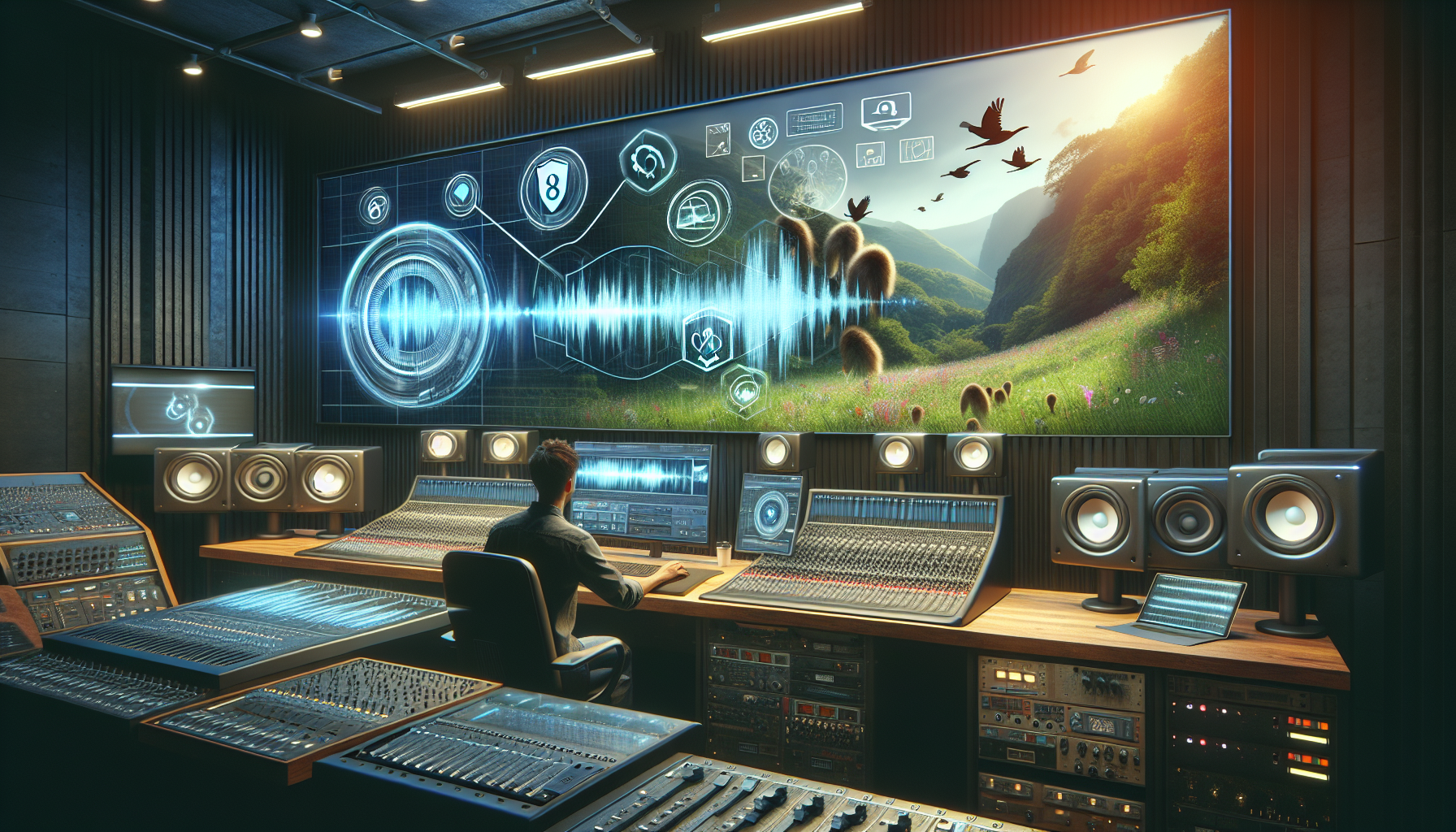
Conclusion
**Conclusion: Safeguarding Your Biophonic Creations**
As we reach the culmination of our exploration into the protection of biophonic creations through watermarking, it’s vital to underscore the significance of this subject in today’s rapidly evolving digital landscape. The discussion we’ve engaged in is not merely theoretical but deeply practical, affecting musicians, sound designers, and content creators who pour their creativity into crafting unique soundscapes. Protecting these creations from unauthorized use is paramount, and watermarking stands out as a robust solution in this regard.
Throughout this article, we delved into the definition of biophonic creations, understanding them as complex soundscapes that draw from the natural world and human ingenuity. These creations hold immense value, both artistically and commercially. In an era where digital content can be easily copied and distributed, ensuring the originality and ownership of these works becomes a critical challenge. Here, watermarking emerges as a potent tool, offering a technological shield that helps in maintaining the integrity and authenticity of audio content.
We explored the technical underpinnings of watermarking, which involves embedding a unique, often imperceptible, marker within the audio file. This marker serves as a signature of ownership, allowing creators to track and identify their work even if it is redistributed without permission. By embedding such identifiers, creators can assert their rights and potentially take legal action against unauthorized users.
Moreover, we examined various techniques and tools available for watermarking audio files, ranging from open-source solutions to professional-grade software. These tools provide flexibility and accessibility to creators at all levels, empowering them to protect their work without requiring extensive technical expertise. The ease of implementation ensures that even small-scale creators can safeguard their soundscapes effectively.
The ethical and legal dimensions of watermarking were also discussed, emphasizing the balance between protecting intellectual property and respecting the rights of others. Watermarking is not merely about legal protection but also about fostering a culture of respect and integrity within the creative community. It encourages creators to honor the originality of their peers and contributes to a more collaborative and respectful digital environment.
Furthermore, we touched upon the future of watermarking in the face of technological advancements and the ever-growing complexity of digital ecosystems. As AI and machine learning continue to evolve, so too must our methods of protecting digital content. Watermarking, adaptable and resilient, is poised to evolve alongside these technologies, ensuring that creators can continue to protect their work in innovative ways.
In reinforcing the importance of watermarking for biophonic creations, it is crucial to acknowledge the emotional and cultural value embedded in these soundscapes. They are not just files; they are expressions of creativity, emotion, and cultural heritage. By safeguarding them, we preserve a part of our shared human experience, ensuring that it can be enjoyed and respected by future generations.
As we conclude, I encourage you, the reader, to reflect on the ways in which you can incorporate watermarking into your creative processes. Whether you are a seasoned professional or an emerging artist, taking proactive steps to protect your work is an investment in your future and the sustainability of your creative endeavors. Consider exploring [current watermarking tools](https://www.watermarking.com) or engaging with online communities that focus on digital rights management to deepen your understanding and application of these techniques.
Finally, I urge you to share your thoughts and experiences. Engage with fellow creators, discuss the challenges and successes you’ve encountered, and foster a community that values and protects creativity. By sharing this article with others, you help spread awareness of the importance of protecting biophonic creations, contributing to a more informed and empowered creative ecosystem. 🌟
Thank you for embarking on this journey with us. Let’s continue to create, protect, and inspire.
Toni Santos is a sensory storyteller and soundscape artisan whose work explores the forgotten language of the Earth through acoustic ecology storytelling. With a deep reverence for the natural world’s sonic textures, Toni crafts narratives that awaken our ears to the subtle music of forests, winds, waters, and wild silence.
His creative journey is rooted in a desire to preserve and interpret the acoustic heritage of environments, both ancient and fragile. From the echo of birdsong in a disappearing jungle to the resonance of stones in sacred landscapes, Toni’s stories reflect the memory held in sound—often overlooked, yet deeply felt.
With a background in environmental aesthetics and sonic design, Toni blends field recordings, visual symbolism, and poetic insight to create immersive experiences that honor the sonic soul of nature. His work does more than document; it invites listeners to re-tune themselves to the rhythms of life that still pulse beneath modern noise.
As the voice behind Vizovex, Toni shares sound-based studies, ambient narratives, and reflective content that help others reconnect with how sound shapes memory, meaning, and place.
His work is a tribute to:
The lost soundscapes of vanishing ecosystems
The role of natural acoustics in cultural and emotional memory
The healing potential of listening deeply to the world
Whether you’re an artist, an ecologist, or someone drawn to the quiet power of listening, Toni invites you into a space where every rustle, ripple, and resonance becomes a story—one note, one place, one heartbeat at a time.
